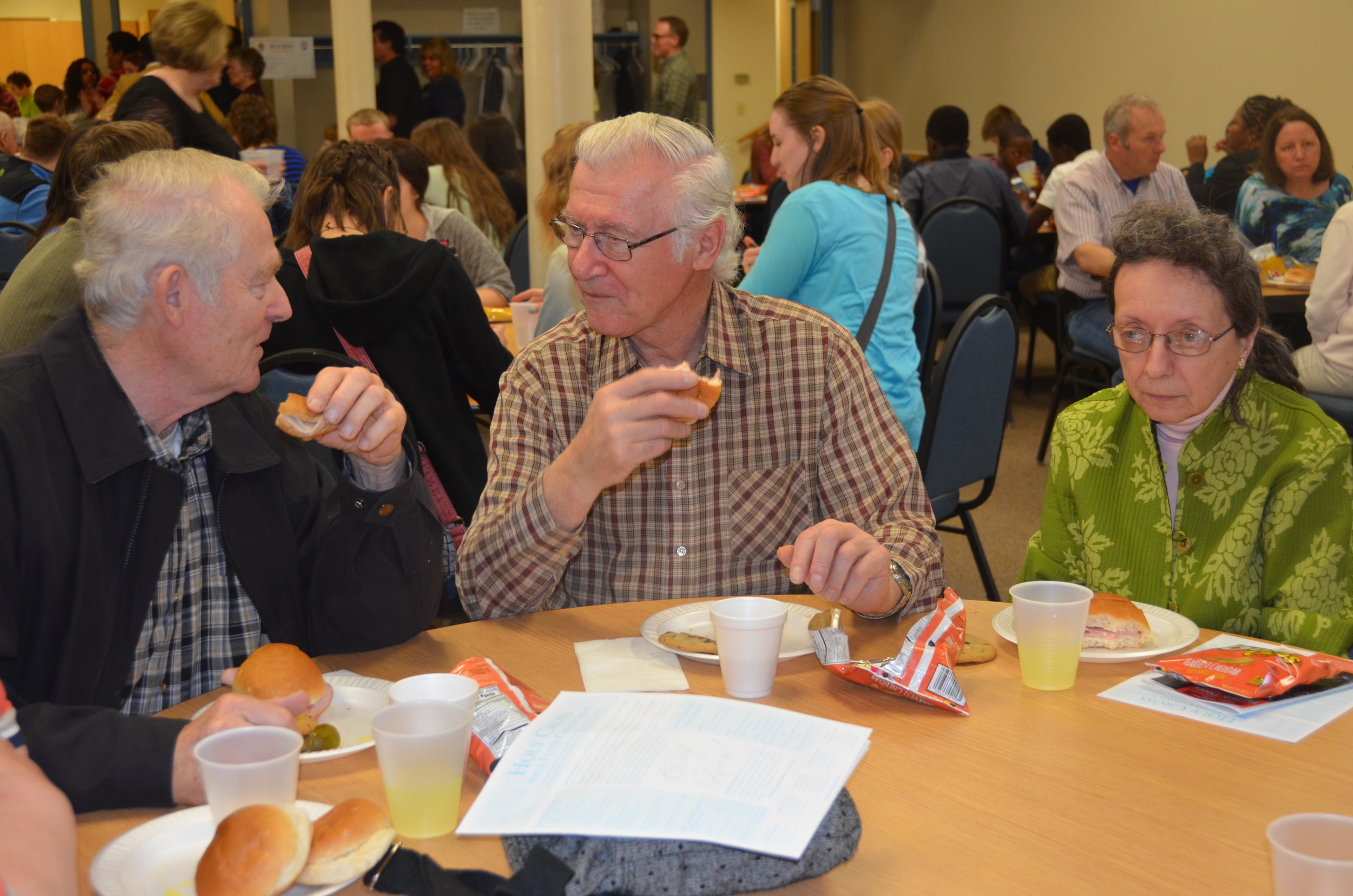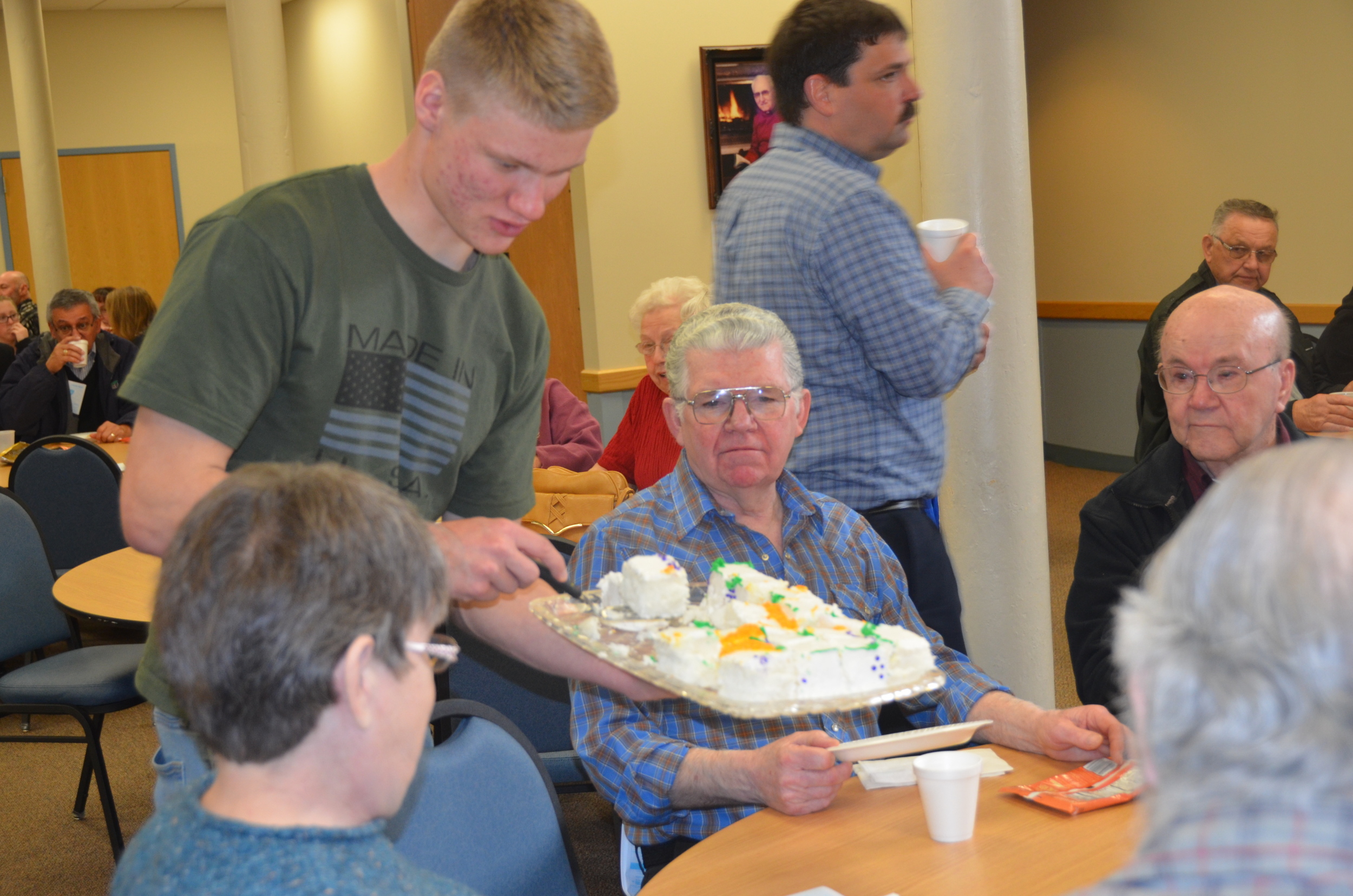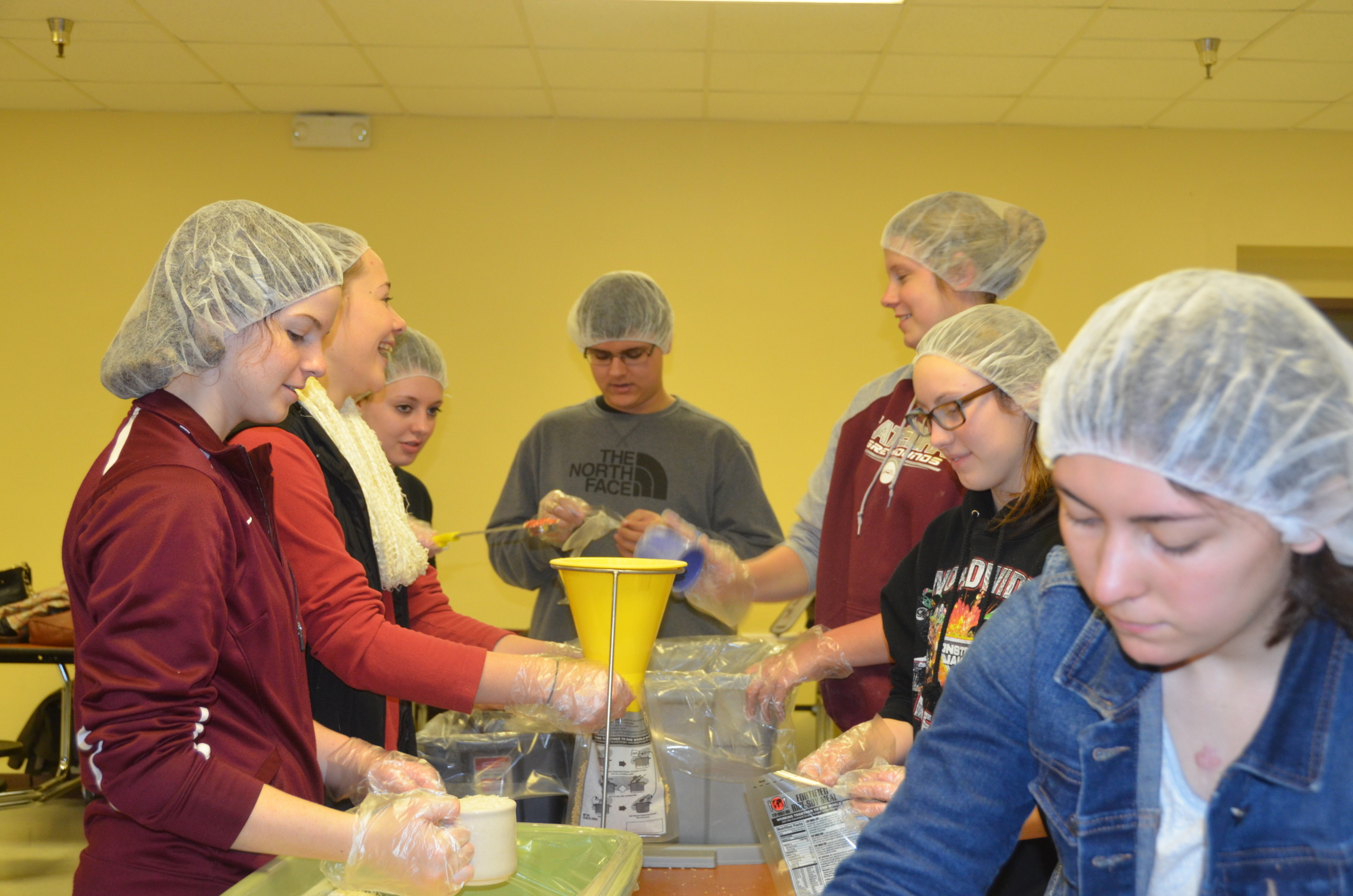By Fr. Aaron Johanneck,
Diocese of New Ulm Director of Worship
Last month we introduced these monthly reflections on the Sacred Liturgy. Their purpose is to help us to plumb the depths of this rich source of life and of grace that is at the center of our lives as Catholics, especially through our participation in the Holy Sacrifice of the Mass on the Lord’s Day. While there are many topics on the liturgy and the Holy Mass that are interesting and worthy of exploration, the most important thing, first of all, is to deepen our understanding of what the liturgy is.
As we said in last month’s article, the liturgy is the public prayer and worship of the Church. Thus, it includes all of the seven sacraments, the Liturgy of the Hours, sacramentals, and other blessings of the Church. All of these have the Mass and the Eucharist at the center. However, this explanation only scratches the surface of this profound reality. It is not easy to give one simple definition that sums up all that the liturgy is. The Church’s liturgy pertains to the mystery of God and so itself has a mysterious character. We recall this when, at the beginning of every Mass, the priest invites us to acknowledge our sins, “and so prepare ourselves to celebrate the sacred mysteries.” It is helpful, therefore, to reflect on the liturgy from different perspectives, each of which sheds a unique light on the mystery contained therein.
The Second Vatican Council’s “Constitution on the Sacred Liturgy” (“Sacrosanctum Concilium”) offers a few of these enlightening perspectives on the liturgy in its first chapter. One example is when the document speaks of the Sacred Liturgy as an exercise of the priestly office of Jesus Christ (SC, no. 7). Christ is the true high priest. He is the one, true mediator between God and man. A priest offers sacrifice and thereby leads the people to God, and brings God to the people. The Church’s liturgy, especially the Mass, accomplishes this priestly action of Christ in the most powerful and effective way possible. What this means is that, above all, the Sacred Liturgy is not my prayer, or your prayer, but Christ’s prayer. As the Catechism of the Catholic Church states, “The liturgy is … a participation in Christ’s own prayer addressed to the Father in the Holy Spirit” (CCC, no. 1073). For example, in Eucharistic Prayer I the priest prays, “To you, therefore, most merciful Father we make humble prayer and petition through Jesus Christ, your son, our Lord ….” Our prayer in the Mass is directed to the Father in union with Christ’s own prayer. Therefore, the liturgy is ultimately God’s action before it is our own.
Finally, the Fathers of Vatican II tell us that “Christ indeed always associates the Church with Himself in this great work …. The Church is His beloved Bride who calls to her Lord, and through him offers worship to the Eternal Father …. “In the liturgy the whole public worship is performed by the Mystical Body of Jesus Christ, that is, by the Head and His members” (SC, no. 7). The liturgy, before all else, is Christ’s prayer, praise, sacrifice, and offering to the Father. We are united and drawn into that by virtue of our Baptism, which unites us to Christ and makes us members of his Mystical Body. This is what makes it so powerful, and a “sacred action surpassing all others” (SC, no. 7). Sure, we can pray everywhere and anywhere, but not with the same power and effect as when we unite our prayers and offerings to the perfect and infinitely pleasing and powerful prayer and offering of Jesus Christ.























